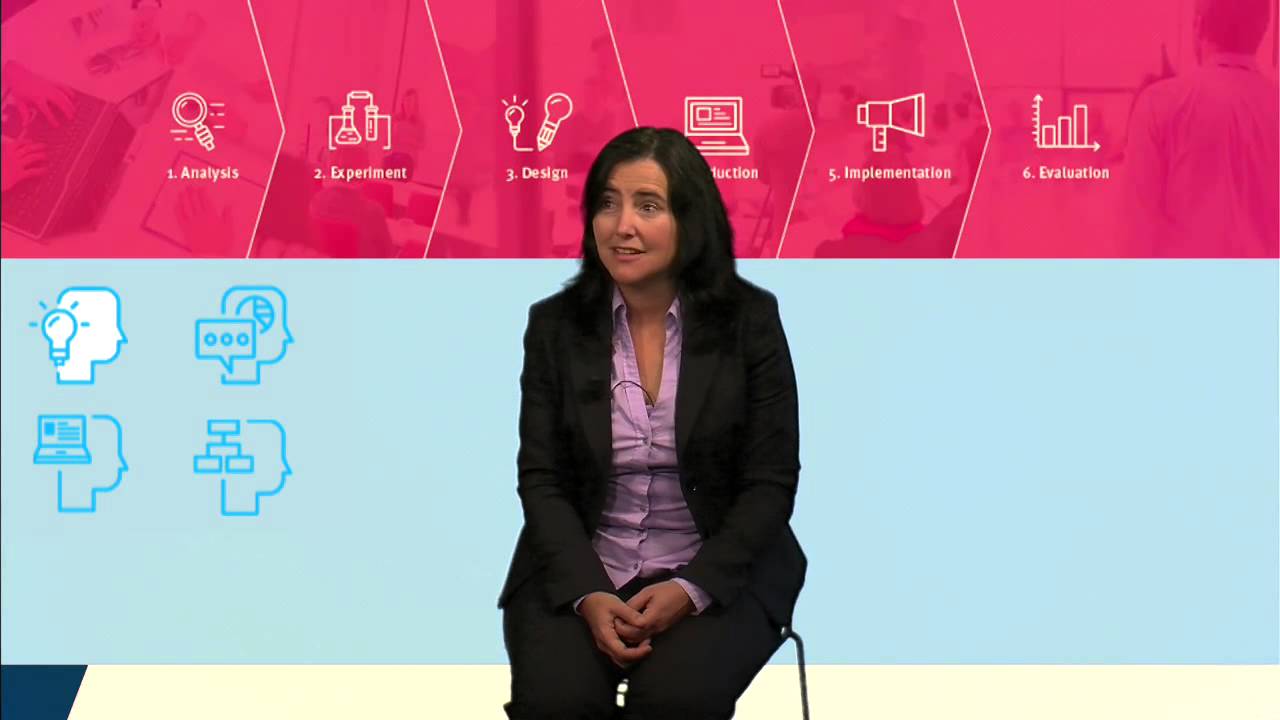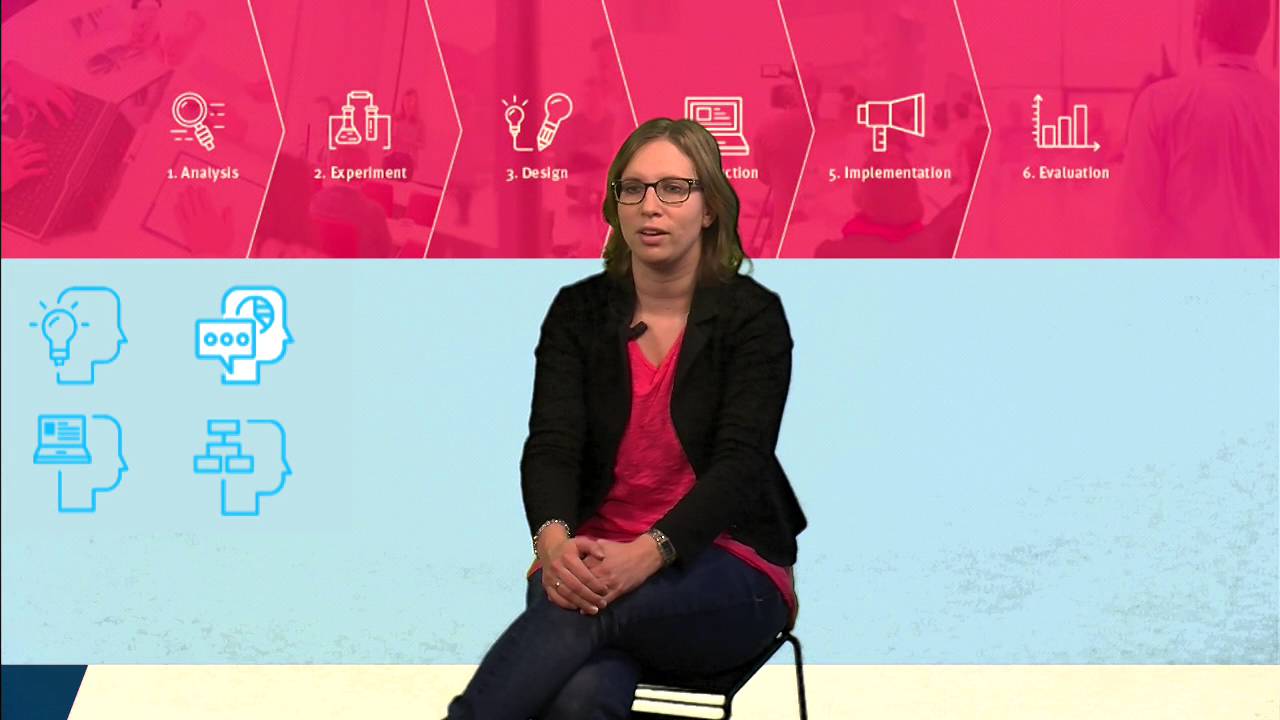Project introduction and background information
Many courses at TU/e, including courses of the mathematics service education, have a classic setup of lecturers and guided self-study meetings. This also applies to the mathematics part of the major course 4AC00 Signalen of the bachelor Mechanical Engineering. Although this setup seemed to be a tested concept for many years, we have observed that the participation of students in the guided self-study declines dramatically during the course of a quartile. This means that the instructiors' time is not well spent and space is not used efficiently. How come? After all, twenty five years ago the situation was different...
Objective and expected outcomes
We want to explore whether online guided self-study, in the form of a communication platform, can be a replacement for the regular guided self-study meetings. Within learning management systems like Moodle, platforms exist in which students can communicate with each other, about the assignments for example. These platforms are managed by the lecturer or an assistant and they can also contribute to the discussion. We will keep the lectures, because students highly appreciate this, as can be concluded form the course evaluation. Moreover, we believe personal contact is important to not increase the distance between students and lecturer.
- An online communications platform is designed and implemented in OnCourse to support the practice of mathematics in the major course 4CA00 Signals in quartile 2 of academic year 2015-2016. This platform allows students to weekly discuss the exercises and help each other. The platform repleces the self-study.
- The platform generates data so the lecturer can monitor the progress of the students and can react on it during lectures.Als the use of the platform is monitored and evaluated.
- The success rate of the course and student satisfaction remain at least at the same level as in the course setup with guided self-study meetings.
Results and learnings
Unfortunately the platform was used by very few students. Of these group nearly all students posted a question once. We asked at several occasions students for the reasons behind this behaviour. Several explanations appeared:
- Elaborations of the exercises are available at the internet. Students consult these elaborations.
- Many students are lagging behind during the course.
- Posting a question on the platform is not anonymous.
Next year we will use the platform again. The only change will be that posting questions will be anonymous.
The weekly poll was at most used by approximately ten students (out of 300). The weekly question hour was visited by 60-80 students. Again, anonymous posting may help.
Since few students used the platform it appeared to be impossible to compare platform activity and marks of students in a quantitative fashion.
The overall student satisfaction was approximately equal to the previous year of the course.
Recommendations
Why Blended Learning?
Why a step by step guide?
It has been possible to construct a communication platform with all requested functionalities. However, only few students used the platform. Also after consulting some external sources some advices for the use of a communication platform for other courses can be formulated:
- A communication platform can be useful in case answers to questions can be really discussed, so e.g. for USE-courses. In that case the student participation can be activated by assessing this participation, quantitatively and qualitatively.
- Anonymous participation of students can be an issue.
- Effort is needed in order that students are not lagging behind.
- OnCourse has many functionalities in order to implement a communication platform. The student participation can be monitored easily.
- In light of the limited sources of TU/e w.r.t. educational staff and room facilities, it should be considered seriously whether traditional tutor hours can be replaced by online student activities.


